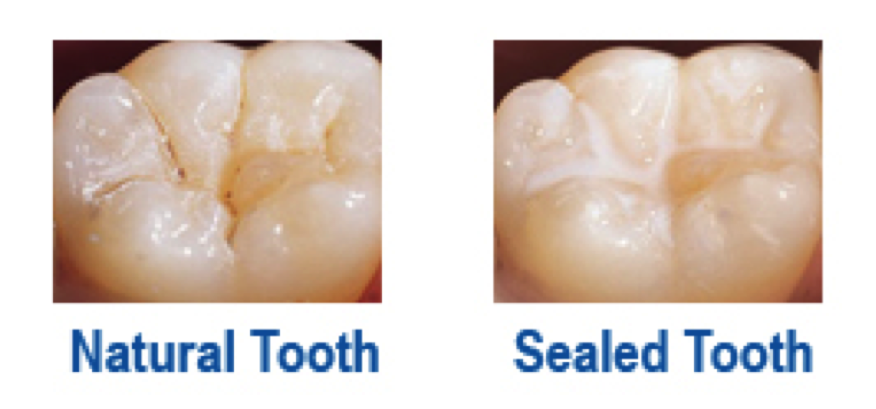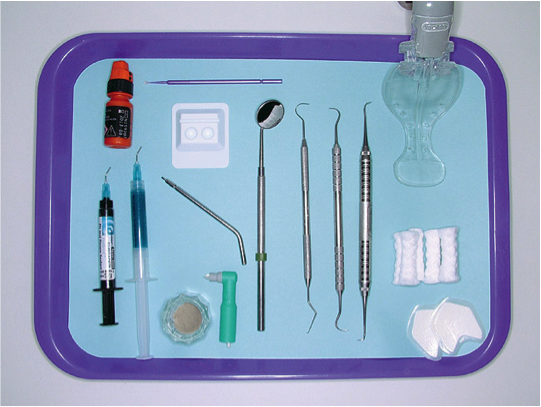In the Literature Review of Dental Sealant Use on Occlusal Incipient Caries

Sealant is effective preventing occlusal surfaces from caries invasions

-
Reduction of caries incidence in children and adolescents after placement of resin-based sealants ranged from 86% at 1 year to 78.6%at 2 years and 58.6% at 4 years; (S11P46)(1)
- sealants are effective in reducing occlusal caries Incidence in permanent first molars of children, with caries reductions of 76.3% at 4 years, when sealants were reapplied as needed. Caries reduction was 65% at 9 years from initial placement with no reapplication during the last 5 years(1)
Simonsen RJ, Neal RC, A review of the clinical application and performance of pit and fissure sealants. Aust Dent J. 2011 Jun;56 Suppl 1:45-58.
Occlusal caries may exist when sealing the tooth


Deery C, Caries detection and diagnosis, sealants and management of the possibly carious fissure. Br Dent J. 2013 Jun;214(11):551-7.
What to do when a early non-cavitated lesion is detected?

-
A non-cavitated lesion may undergo remineralization and the the tooth surface may return to a more stabilized stage from active caries.
-
Occlusal surface is a challenging area where self cleaning of the bacteria biofilm is not sufficient.
- Continually exposure in the caries prom environment will guarantee the progression of the cavity
What will happen if sealant is placed on undetected early lesions?
-sometimes, it is hard to identify
Deery C, Caries detection and diagnosis, sealants and management of the possibly carious fissure. Br Dent J. 2013 Jun;214(11):551-7.
ADA guidelines: Sealants can prevent the progression of early non-cavitated lesions
All studies suggest that caries progression slows or arrests under sealants. Three year RCT report 3 (11.5%) cases (relate to sealant loss) failed stopping the caries progressing while25 out of 26 (96.1%) control cases of incipient caries remain carious and continually process into dentinal caries in the challenging environment.(2)
1. http://www.dentalaegis.com/ida/2011/12/dental-sealants-a-cornerstone-of-preventive-care
2. http://www.smilesforlifedhc.ca/index.php/our-services/dental-sealants/


Reference
- Beauchamp J, Caufield PW, Crall JJ, Donly K, Feigal R, Gooch B, et al. Evidence-based clinical recommendations for the use of pit-and-fissure sealants: a report of the American Dental Association Council on Scientific Affairs. J Am Dent Assoc 2008;139(3):257–68.
-
Borges BC, de Souza Borges J, Braz R, Montes MA, de Assunção Pinheiro IV. Arrest of non-cavitated dentinal occlusal caries by sealing pits and fissures: a 36-month, randomised controlled clinical trial. Int Dent J. 2012 Oct;62(5):251-5.
